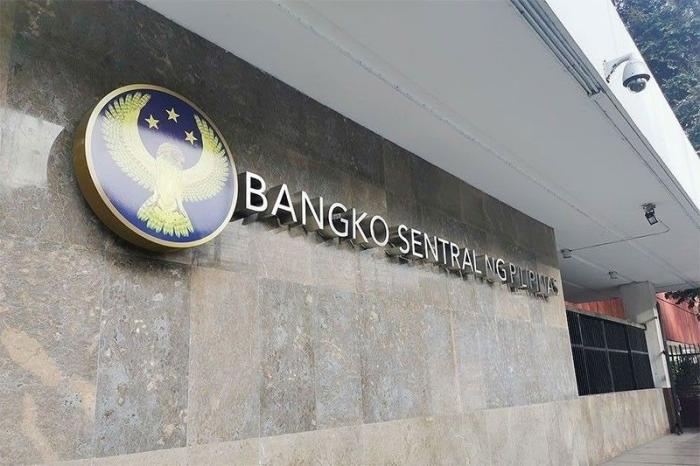The Bangko Sentral ng Pilipinas (BSP) has recently clarified that its decision to sell significant amounts of gold during the first half of this year is a strategic component of its active management of the country’s gold reserves. This move aligns with the central bank’s objectives to enhance national financial stability and capitalize on favorable market conditions.
Capitalizing on Market Conditions
In a statement released late Tuesday, the BSP emphasized that selling gold at current market prices allows the institution to generate additional income without compromising its fundamental goals for holding gold. These goals primarily focus on maintaining insurance and safety for the nation’s financial reserves.
According to reports from online aggregator BestBrokers, the BSP sold 24.95 tons of gold during the first six months of this year. This substantial sale reflects the central bank’s proactive approach to managing its assets, particularly in light of rising gold prices.
Understanding Gross International Reserves
Gold reserves are a crucial part of the Philippines’ Gross International Reserves (GIR), which are essential for ensuring economic stability. The GIR consists of the foreign assets held by the BSP, primarily in the form of investments in foreign-issued securities, monetary gold, and foreign exchange.
As of the end of August 2024, the GIR has demonstrated resilience, increasing to USD 107.9 billion from USD 103.8 billion at the end of December 2023. This growth is indicative of the BSP’s successful management of its assets and reflects a robust economic environment.
Adequate External Liquidity Buffer
The BSP further noted that the current level of GIR provides a strong external liquidity buffer. It is equivalent to approximately 7.8 months’ worth of imports of goods, as well as payments for services and primary income. This level of reserves offers significant reassurance regarding the country’s ability to meet its international obligations.
Additionally, the BSP highlighted that the GIR represents around 6.0 times the country’s short-term external debt when assessed based on original maturity. When calculated on a residual maturity basis, this ratio stands at 3.8 times, reinforcing the strength of the Philippines’ financial position.
Standards for Adequate GIR
International standards generally consider a GIR to be adequate if it can cover at least three months’ worth of a country’s imports of goods and payments for services and primary income. The Philippines’ current GIR significantly exceeds this benchmark, indicating a favorable economic climate and sound financial management by the BSP.
Strategic Asset Management
The decision to sell gold is not taken lightly. The BSP’s strategic asset management involves continuous evaluation of market conditions and the potential benefits of adjusting its reserve composition. By capitalizing on higher gold prices, the BSP not only increases its income but also enhances the overall financial health of the nation.
The central bank’s actions come at a time when many countries are reevaluating their reserve strategies. As global economic uncertainties persist, having a robust GIR is vital for maintaining investor confidence and ensuring economic stability.
Conclusion
In conclusion, the BSP’s large-scale gold sales reflect a well-considered strategy aimed at optimizing the country’s gold reserves while maintaining economic stability. With a robust GIR and a focus on leveraging favorable market conditions, the central bank is positioning the Philippines for continued financial resilience. As the global economic landscape evolves, the BSP’s proactive management of its gold reserves will play a crucial role in safeguarding the nation’s financial future.
Related topics:

